


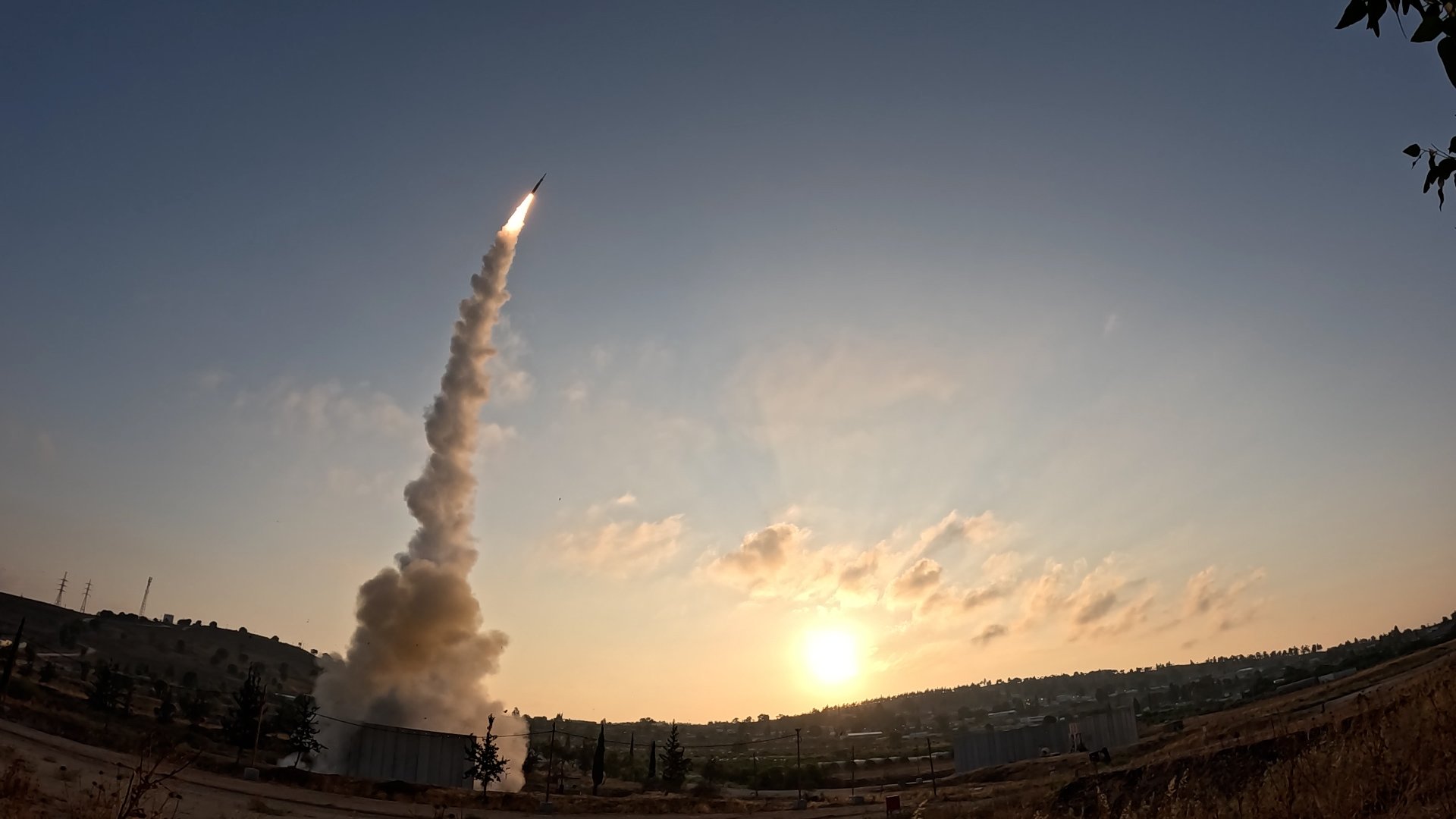
In just 12 days of conflict with Iran, Israel put decades of military innovation to the test, demonstrating a level of technological dominance and strategic coordination that reshaped the battlefield against a growing missile and drone threat.
The conflict, sparked by Israel’s “precise, preemptive strike” against Iran on June 13, marked the most extensive and deadly military exchange to date between the two regional adversaries. The operation, named “Rising Lion,” saw Israel launch hundreds of airstrikes deep inside Iranian territory, deploy its arsenal of drone capabilities, and activate its multi-layered defense systems in response to Iran’s retaliatory missile attacks.
The campaign came to an abrupt halt on June 24, when US President Donald Trump announced a ceasefire had been brokered, bringing the high-stakes clash between Israel and Iran to a close, for now.
Although initial impressions suggested a dip in interception rates, data shows that Israel’s multi-layered air defense maintained a success rate of approximately 86 percent against ballistic missiles launched from Iran, consistent with previous operations. That figure was bolstered by the rapid deployment of upgraded Arrow missile systems just a week before the conflict began.
The perceived increase in missile impacts was largely due to Iran deliberately targeting highly populated civilian areas rather than military sites, meaning that when a missile fell, it caused more devastation and drew far greater public attention than if it landed near a base far from Israel’s civilian population.
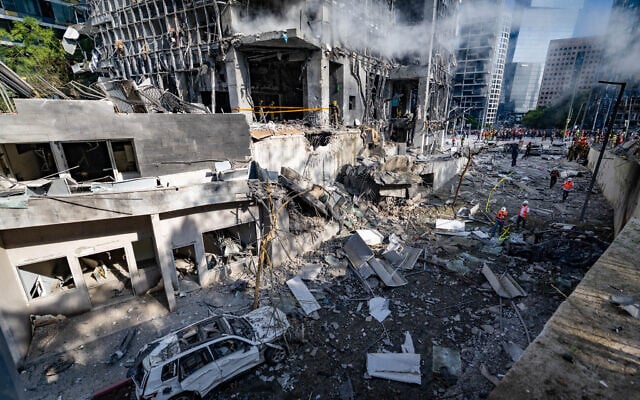
Despite the optics, Israeli defense officials assessed that the potential destruction averted by air defense systems was roughly seven times greater than the damage actually inflicted, which currently stands at an estimated NIS 10 billion ($2.7 billion).
Additionally, over 99% of Iranian UAVs were intercepted thanks to upgrades to Israel’s multilayered air defense systems, including a breakthrough Iron Dome test against drone swarms conducted earlier this year.
According to Brig. Gen. (res.) Dr. Daniel Gold, head of the Defense Ministry’s Directorate of Defense Research and Development (MAFAT), said Israeli efforts were greatly successful, “both defensively and offensively.”
Gold stressed that while “Iran had strong capabilities,” Israel’s technological edge and sophisticated battle planning made the difference.
“In terms of [Israel’s] high-quality operational planning, we overcame them.”
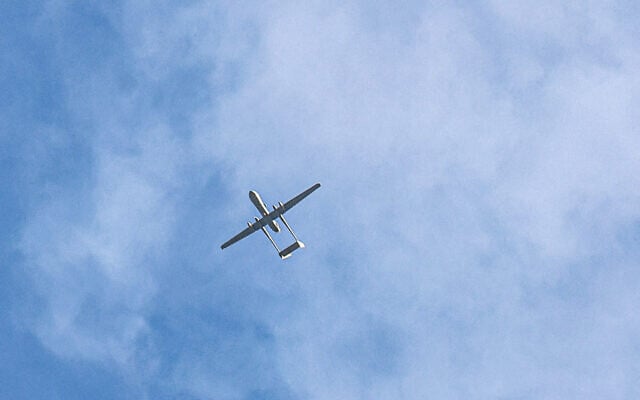
A major tactical evolution in the conflict was Israel’s sustained use of unmanned aerial vehicles deep inside Iranian territory. Israeli drones carried out thousands of flight hours, executing over 500 attacks and preemptive strikes against missile launchers and critical infrastructure.
Combined with the ongoing campaign in Gaza, drones accounted for 60% of the Air Force’s flight hours and 50% of all IDF countermeasures during the war.
Gold described this leap in capability as “bringing Gaza to Iran,” explaining that Israel operated in Iranian airspace with the same fluency and control it has over Gaza.
The drone campaign not only reduced risks to fighter pilots but also significantly disrupted Iranian operational capabilities.
Space-based intelligence also played a pivotal role. Israeli defense officials described their “constellation of satellites” orbiting over the Middle East as a critical asset in the conflict.
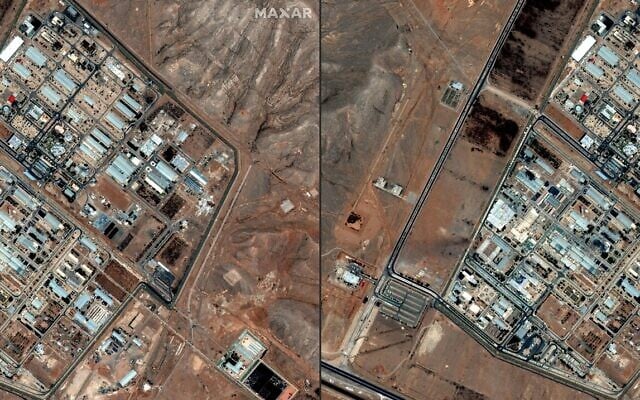
Tens of millions of square kilometers over Iran were imaged in high resolution, both day and night, producing over 12,000 satellite images throughout the conflict.
These satellites were used extensively for intelligence gathering, with dozens of urgent operational adjustments made in real time based on the imagery received.
This vast and continuous surveillance enabled the IDF to identify hundreds of targets per day securely and discreetly, while repeatedly surveying hundreds of thousands of square kilometers to provide up-to-date, actionable intelligence.
Israel’s opening salvo, code-named “Red Wedding,” marked a major milestone in the conflict.
Launched in the early hours of June 13, it was a precise, preemptive strike targeting Iranian nuclear sites, military facilities, missile bases, and senior leadership. Multiple waves of Israeli Air Force attacks began around 3 a.m., continuing into the morning.
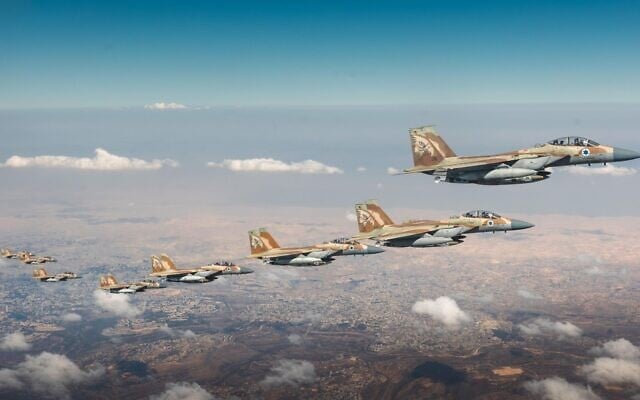
Over 200 Israeli aircraft participated in the operation, dropping more than 330 munitions on approximately 100 targets across Iran.
The strike relied heavily on advanced Israeli-made munitions, developed over the past two decades. These precision-guided weapons were crucial in achieving operational surprise and establishing air superiority over Iran, demonstrating Israel’s unique ability to hit targets accurately from long range, even under enemy electronic warfare conditions.
Israeli fighter jets also deployed locally developed self-defense systems to protect against enemy missile fire, further increasing survivability in contested airspace.
The integration of these technologies — across land, air, space, and cyberspace — was cited as a breakthrough in real-time multi-domain coordination.
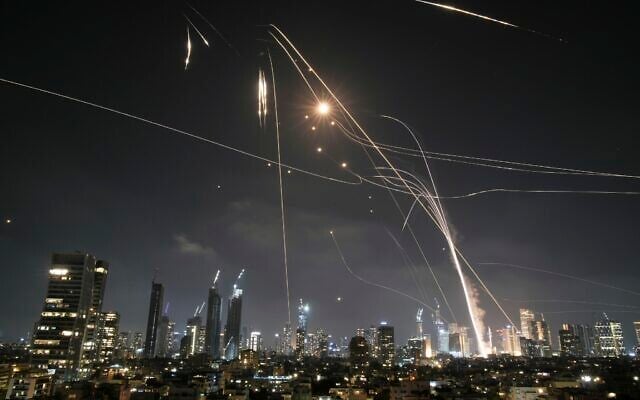
Moshe Patel, head of the Israel Missile Defense Organization, highlighted the unprecedented level of coordination between Israel’s various defense platforms — along with seamless synchronization with American systems — as one of the defining successes of the war.
“The greatest achievement of this operation is the ability of all of [Israel’s weapons] systems to operate in coordination with one another, along with the collaboration with US systems, which enabled us to achieve major successes,” he said.
Patel also revealed that the war exceeded even Israel’s own internal projections.
“In all of our simulations…we didn’t think that we would reach such scopes.”
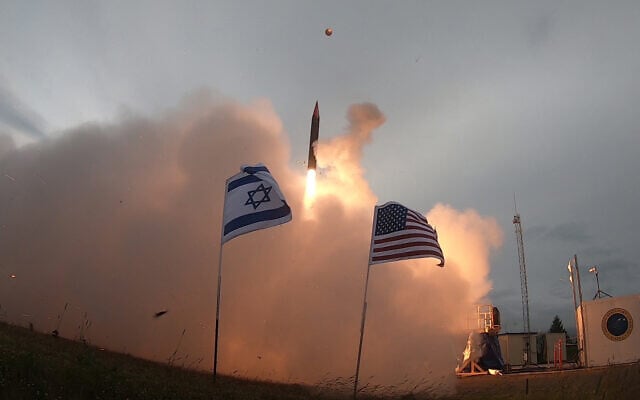
From a cost-benefit perspective, the war’s financial burden — including missiles, UAVs, and space-based assets — was significantly lower than the estimated damage prevented by their use, according to defense officials, reinforcing the strategic value of long-term investments in military technology.
While Iran actively upgrades its weaponry and tactics based on lessons learned from this confrontation, defense officials stressed that Israel is doing the same — and retains a clear qualitative edge.
“We are continuing to develop the systems. I can say that for every aerial defense system, we are developing its next generation,” Patel said. On what may lie ahead, he added, “We are preparing surprises [for Iran].”
“We are doing the maximum to protect the State of Israel,” Gold said, “We are doing the maximum to improve all the time.”
